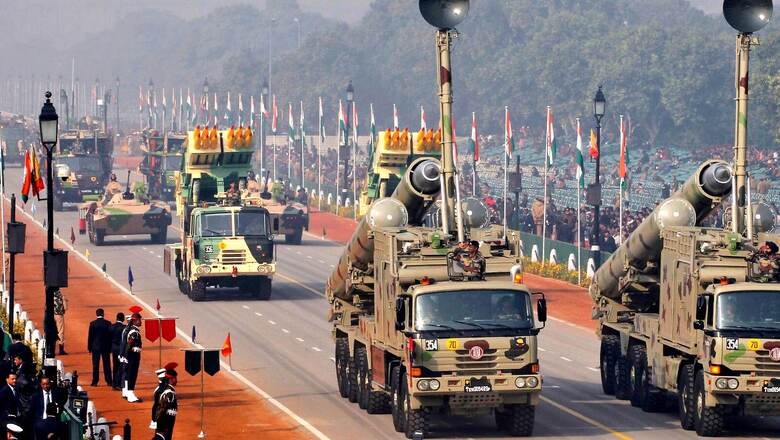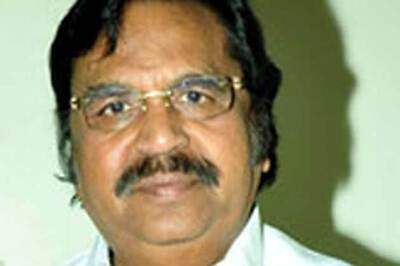
views
As India prepares to sell its military equipment, including Tejas and Brahmos, to Malaysia and the Philippines, it seeks to establish itself as a defence exporter which holds great significance as no country can be called a superpower without it being a defence exporter.
To be known as a superpower, the country must make a significant mark for itself in the international defence market and must export lethal weapons to countries, and not be an importer of defence equipment. This fact is substantiated by the study of The Stockholm International Peace Institute which suggests that every year there is a sharp rise in defence expenditure.
The major beneficiaries of such a rise are the United States, Russia, France, Germany, and China. These industrialized countries are having domestic arms manufacturing supply chain to meet global demand. India along with Pakistan, Saudi Arabia, and the United Arab Emirates are the biggest arms importers of military products.
After having emerged as a key exporter of the automobile, pharmacy, and information technology industry, India is working to graduate into a manufacturing hub for weapons, arms, ammunitions, warships, and planes for international as well as domestic needs.
In this light, some questions arise: what exactly is the broad and multi-sector initiative called “Make in India”, the characteristics that distinguish India as a possible future leading exporter, the steps that need to be taken to achieve such status, and what can be the possible way to ensure that India acts as a responsible defence exporter?
In simple terms, the Make in India program aims at self-reliance in armament production i.e. with an aim to convert from a leading arms importer to a major producer which means achieving import substitution and boosting defence exports, and achieving self-reliance and putting forth an image of an India beholder to no other i.e. being free from the coercion of supplier states and not be locked out of military technologies.
At the same time, there exist concerns about whether there will be issues over quality in arming its military and whether such a strategy is based on India’s security needs. However, India is rich in human capital and has large domestic demand, as well as an industrialized economy, that promises to overcome these challenges. Nonetheless, there remain certain steps that need to be taken that are to ensure foreign firm participation, reform the industrial ecosystem, and increase arms sales.
What needs to be understood is the fact that the aim behind all these steps is to ensure that the indigenous firms prosper and by ensuring foreign firm participation they can take advantage of technology transfer and access to larger markets. Such an approach is reflected in the steps taken by the government in changing the cap on Foreign Direct Investment (FDI) from 26 to 49 percent.
Similarly, there is a need to incentivize domestic firms by easing the bureaucratic process of issuing licenses for defence production along with active civil-military integration. Lastly, to boost arms sales, there is a need to liberalize export policies, streamline export permission decision making and provide export finances.
In the larger context, India needs to adopt multiple domestic and municipal legislation to control such activities. Though it is correct that, the export of arms can take states’ economies to greater heights, along with this, it must be responsible while exporting arms. These arms and guns must not be used for any violation of human rights or humanitarian law.
This is especially significant given the changing geopolitical dynamics with the rise of China, Russia’s strategic convergence with China, US’s indeterminate Indo-Pacific policy stance and to maintain a multipolar Asia paradigm rather than a zero-sum alliance system.
Abhinav Mehrotra is Assistant Professor and Dr. Biswanath Gupta is Associate Professor at OP Jindal Global University. The views expressed in this article are those of the authors and do not represent the stand of this publication.
Read all the Latest Opinion News and Breaking News here




















Comments
0 comment